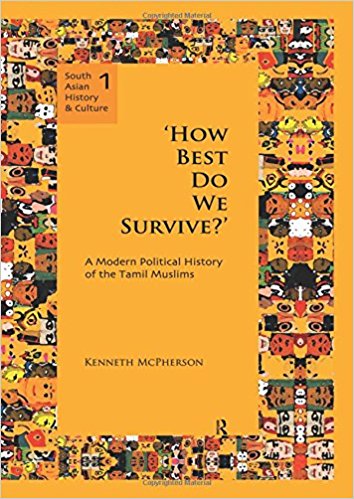I slam in South Asia is incredibly rich and diverse owing in part to the subcontinents multiple linguistic and cultural traditions. No doubt scholarly writings have appro-priately captured this variety and richness. But the macroscopic approach has often over-looked micro-level analyses that could uncover the inherent multifarious and bountiful nature of Muslim life in order to foster a greater understanding of Islam and Muslims in the Indian subcontinent. It is to this end that the book under review attempts to find a place by presenting the social and political history of the Muslims of south India from the late nineteenth century to Indias independence in 1947. It does so at two levels: first by refusing to treat Indian Muslims as a singular homogenous community and second by further breaking down the Muslims of south-east India as groups of scattered communities divided from one another by language and history although sharing a common religion.
The title of the book is a leit motif to refer to the communities of Muslims of south India and their struggle for political survival in the changing environment of colonial India and their concomitant shifting fortunes in the face of the rise of Indian nationalism its local implications and the resultant reconfigurations of the identity of these Muslims vis-a-vis the wider Muslim community of India.
This origin of the present book by Kenneth McPherson and his interest in Muslims in south India began when he wrote a Masters thesis on the Muslims of Madras as a student at the University of Western Australia in 1969. Later he moved on to studying other subjects including his doctoral work on Calcutta Muslims published as The Muslim Macrocosm (1974) and Indian Ocean and maritime studies which occupied him most of his life only to return to finish his work on the Muslims of south India to close the circle on his intellectual journey.

